By Henrik Kirkeby and Lena Tøfte, SINTEF Energy Research (this blog was first published on cedren.no)
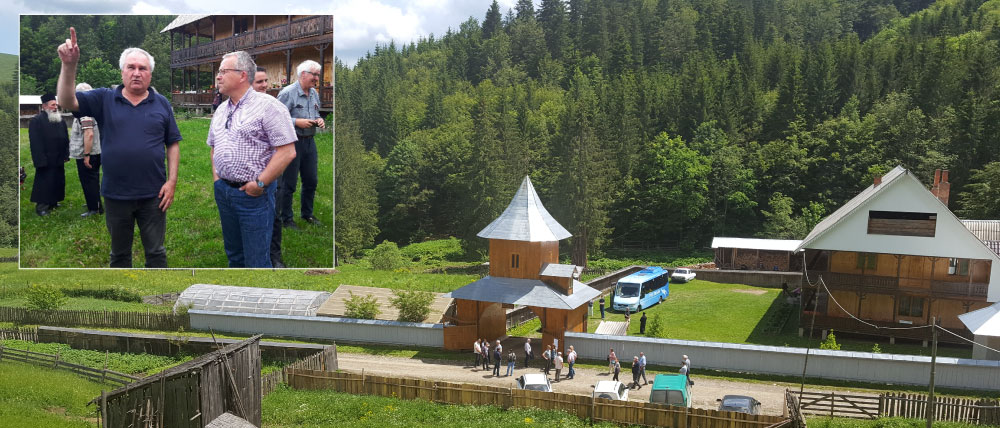
The project “Intelligent energetic system in protected areas” is made possible through EEA-grants. SINTEF Energy Research (SINTEF) and Norwegian University of Science and Technology (NTNU) collaborate with the Polytechnic University of Bucharest, the Technical University of Iasi, the Polytechnic University of Timisoara, and the SIRET water administration on the Romanian side.
The purpose of the project is to build a microgrid in a protected area as a test case for using microgrids to electrify remote off grid areas. This rather than extending the central grid through protected areas. You can read about SINTEFs expertice on Microgrids on this page.
CIGRE Working group 6.22 has defined microgrids as electricity distribution systems containing loads and distributed energy resources (such as distributed generators, storage devices, or controllable loads). A microgrid can be operated in a controlled, coordinated way either while connected to the main power network or while islanded.
In June, a group of researchers from SINTEF Energy Research, including CEDREN Centre Director Atle Harby, and NTNU and representatives from the Norwegian Water Resources and Energy Directorate (NVE) travelled to the Romanian city Iasi to participate at the kick-off meeting and project seminar.
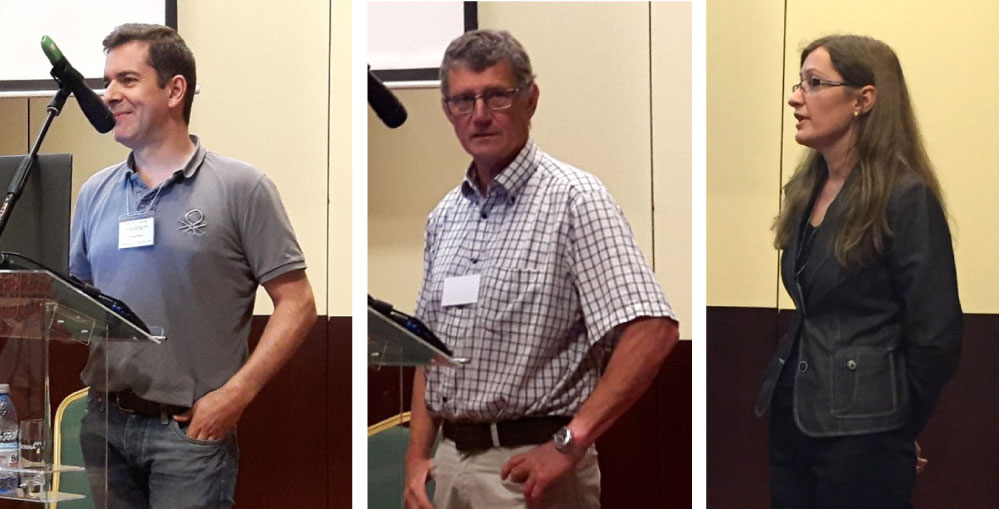
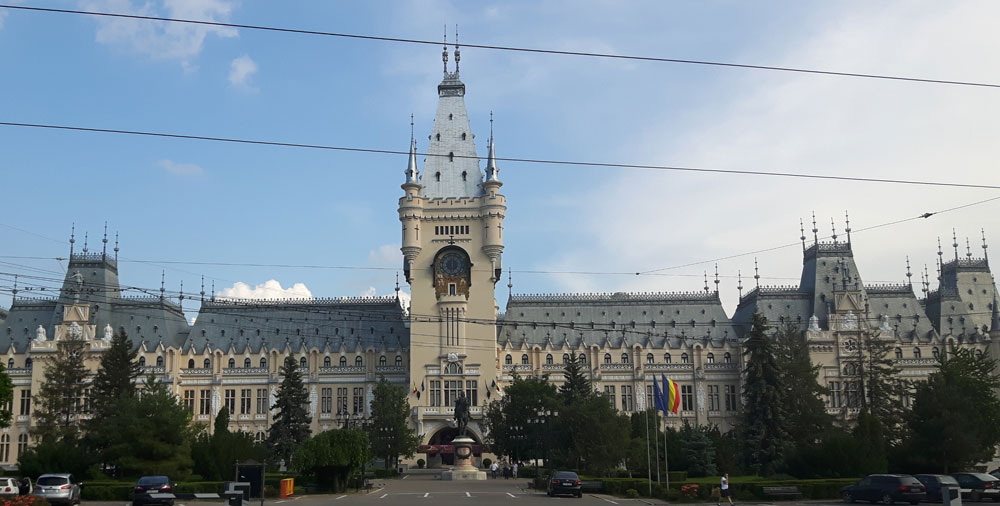
Visit to the project site
The microgrid to be constructed in the project is located in a nature reserve two hours’ drive from Iasi. The grid consists of 5.5 kW PV, a 0.8 kW wind turbine, a 1 kW run of river hydropower turbine, a backup diesel generator, and the main component: a 30 kW hydropower turbine placed between two artificial reservoirs. These two reservoirs are used as the main energy storage in the microgrid by pumping water up and down. When finished the microgrid will provide power to a local monastery, the forest authorities, and local residents. It will also serve as a live laboratory for testing control systems and other activities at the university of Iasi.
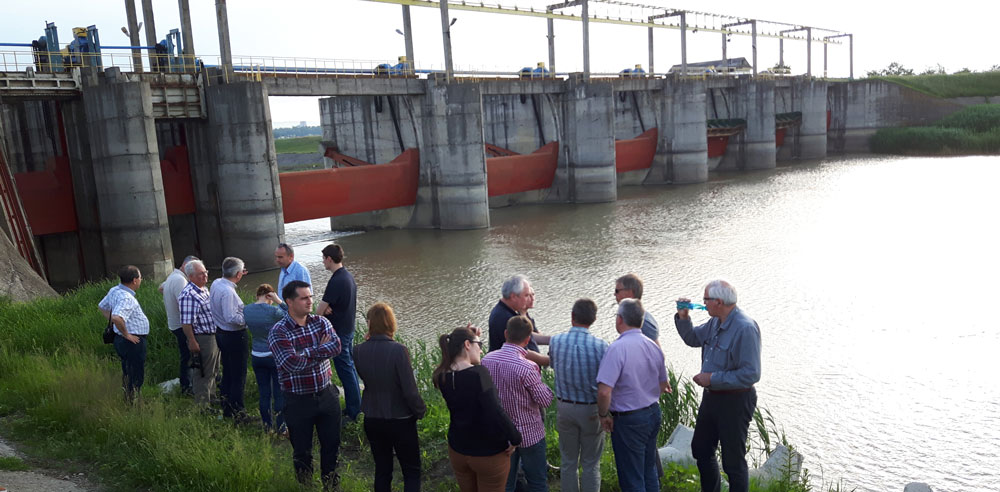
Going back from the project site, we visited one of the many dams constructed during the communist regime, which currently is not in use. A study from the US has shown that there is a significant power production potential from existing dams, and the participants discussed whether a similar survey should be done in Romania.
It was also discussed if power production from the river could be combined with wind and solar to form a microgrid (without islanding capabilities) that could result in reduced requirements for the grid connection, thus saving costs. Both topics will possibly be addressed in an additional project between the existing partners.
Project kick-off meeting
At the kick-off meeting, it was decided that SINTEF and NTNU will do two studies in the project: Determining optimal unit sizing of the microgrid components with a procedure that can be used in later projects, and studies of climate change impact on hydrology and hydropower. Future project proposals were also discussed. During the meeting, we also had the opportunity to see the university campus, including the hydropower lab. The end of the day was spent visiting a group of NGOs located in Iasi, and discussing possible project ideas.
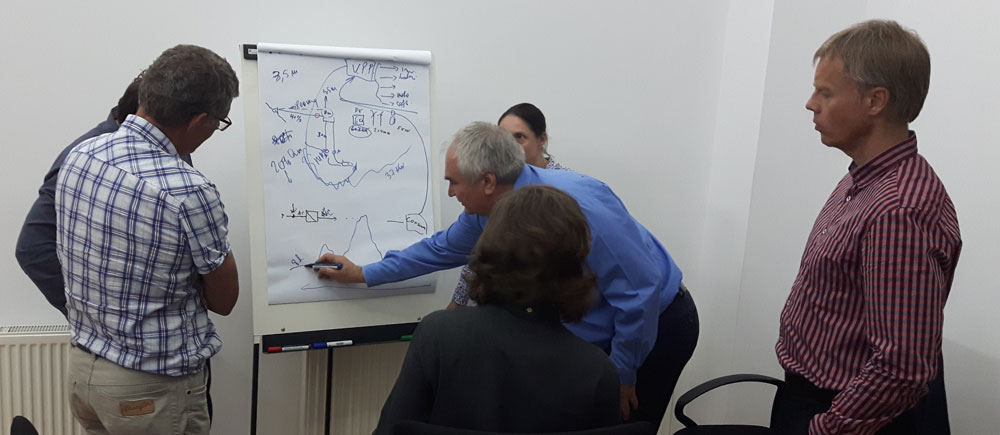
Seminar
As part of the kick-off, there was a seminar with 20-30 participants from the project partners, with many good presentations from the Norwegian and the Romanian partners.
- Atle Harby (SINTEF and CEDREN) spoke about environmental design of hydropower
- Lena S. Tøfte (SINTEF) presented the results of a case study in Trøndelag on electricity production variables in today’s and tomorrow’s climate
- Henrik Kirkeby (SINTEF) spoke about designing and controlling microgrids.
- Ånund Killingtveit (NTNU) was unable to participate, but Atle gave the presentation about climate change and hydropower in his place
- Michel Cervantes (NTNU) spoke about transients in hydropower turbines
- Torbjørn Nielsen (NTNU) about the hydropower lab at Gløshaugen and turbines in hybrid power systems
During our visit, our hospitable partners showed us around Iasi. We visited some of the many churches, two monasteries, and the library at the University of Iasi, which has been voted one of the most beautiful libraries in the world.
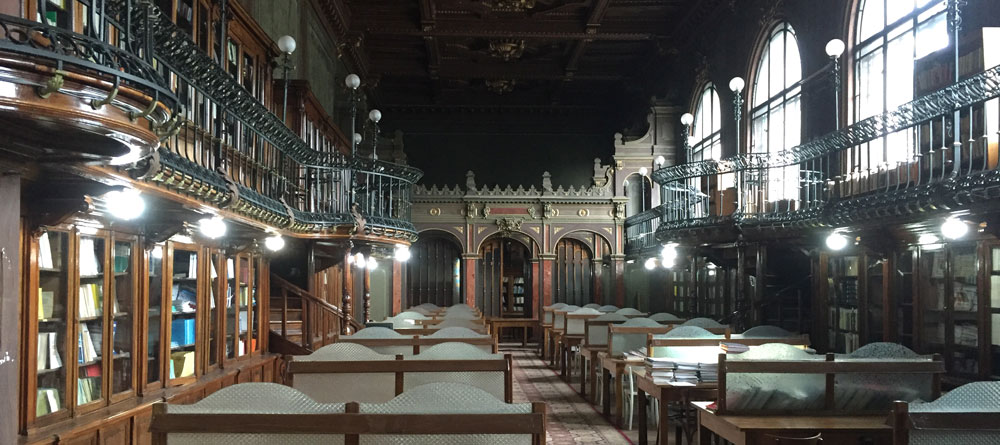
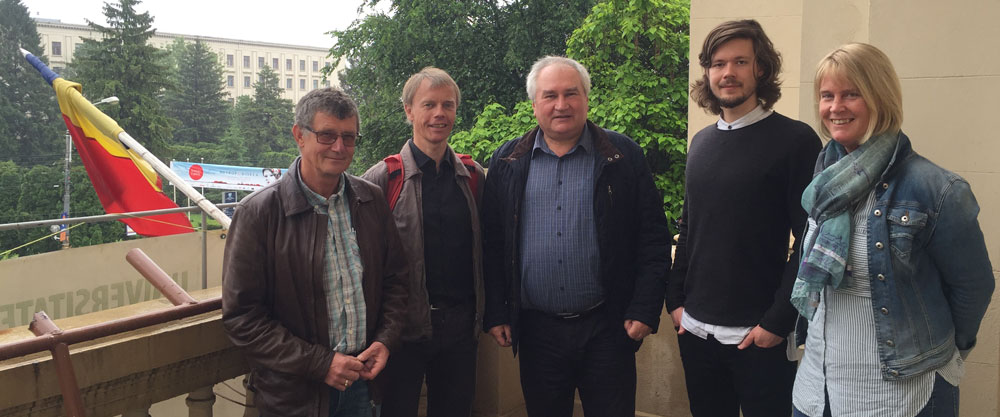
This blog have previous been published at www.CEDREN.no
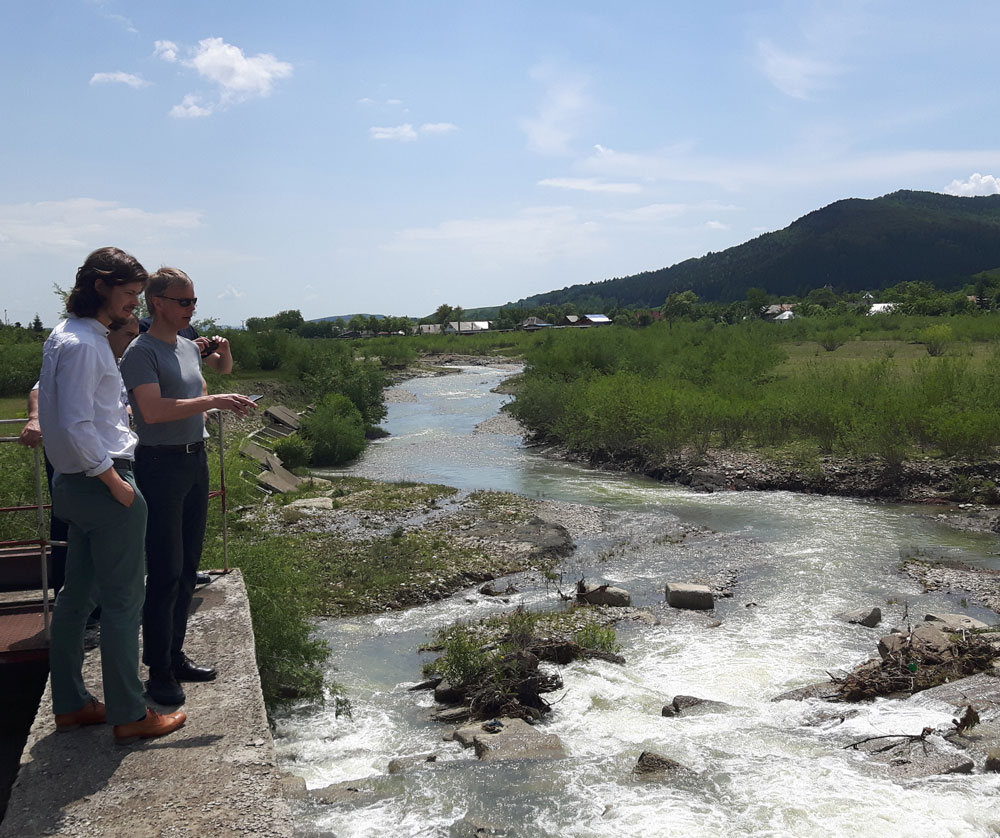








Comments
No comments yet. Be the first to comment!